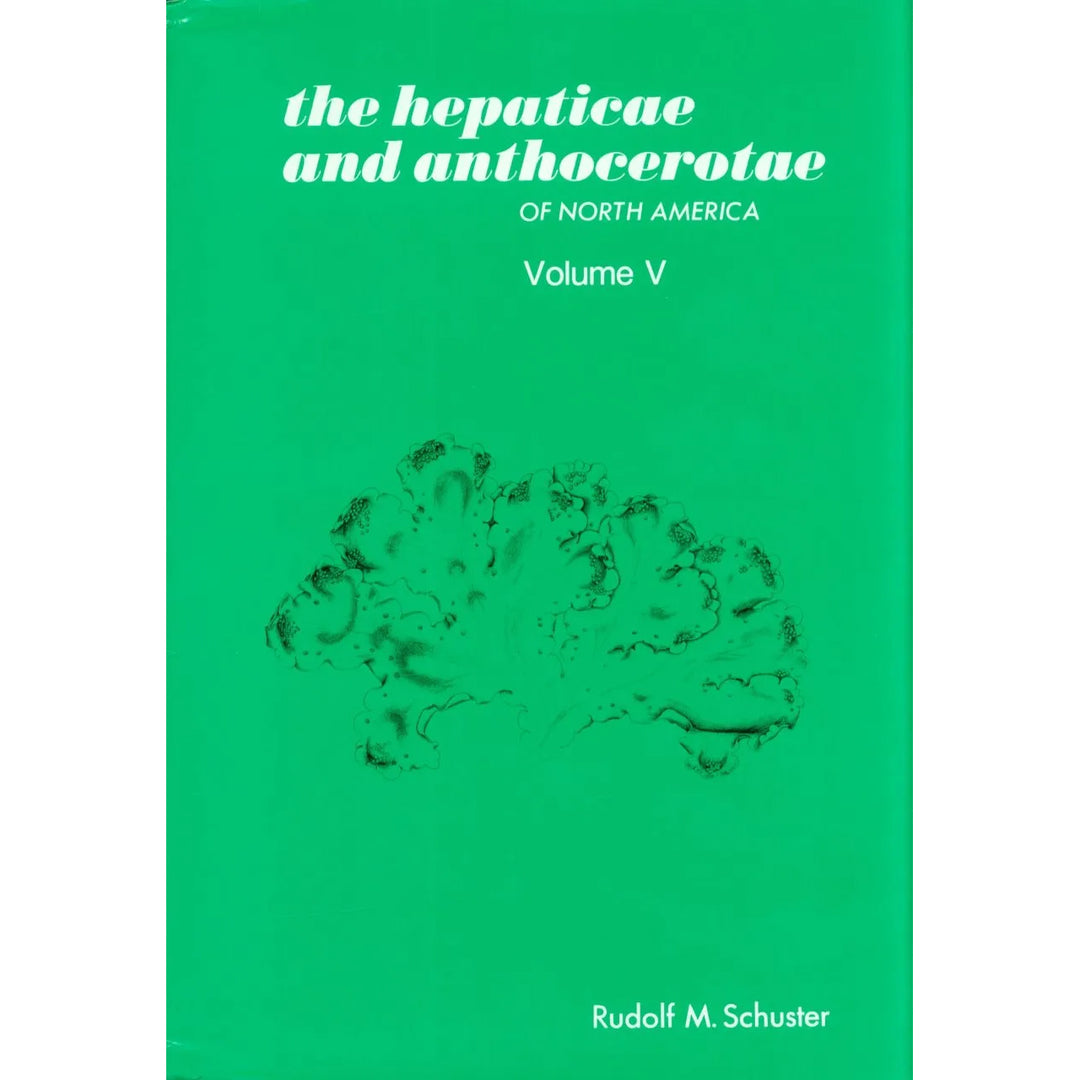
The Hepaticae and Anthocerotae of North America, Volume 5
9780914868200
- In stock, ready to ship
- Inventory on the way
Volume V continues the tradition established in prior volumes (I: 1966, II: 1969, III: 1974, IV: 1980) of dealing with the liverworts on the basis, chiefly, of study of living plants.
In addition to detailed taxonomic accounts and evaluations, the various taxonomic categories are dealt with in terms of their ecology, distribution, and reproductive methodologies – all topics that reflect the author's concem with the organisms as living entities.
In this volume the leafy hepatics, or Jungermanniales, are concluded with a treatment of the exceedingly large and difficult family Jubulaceae. Of the more than four hundred species accepted today, some twenty-five species and five infraspecific taxa occur regionally. Their understanding has involved wide-ranging study of numerous extraterritorial taxa. The bulk of the volume deals with the order Metzgeriales, an ancient group showing very diverse morphologies, which are dealt with in some detail. Unlike the Jubulaceae, which seem to be in a state of active if not explosive diversification, the Metzgeriales seem to be reduced today chiefly to a series of morphologically and phylogenetically diverse remnants, aside from the two genera Riccardia and Metzgeria. To understand the group, which is best developed in the Antipodes, the regional taxa are dealt with in the framework of the world flora.
The last portion of this volume deals with the morphology and evolution of the subclass Marchantiidae and the small but fascinating Sphaerocarpales. Unlike in the mesophytic Metzgeriales, both morphology, reproductive biology, ecology and distribution of the Marchantiidae reflect their adaptation to only seasonally "fit" environments. This volume is illustrated with over 140 plates (composite "figures") of drawings, nearly all original and nearly all executed by the author – an excess of 1600 individual illustrations.
The final Volume, VI, published at the same time, concludes with a comprehensive treatment of the Marchantiales.
- Written by Rudolf M. Schuster



